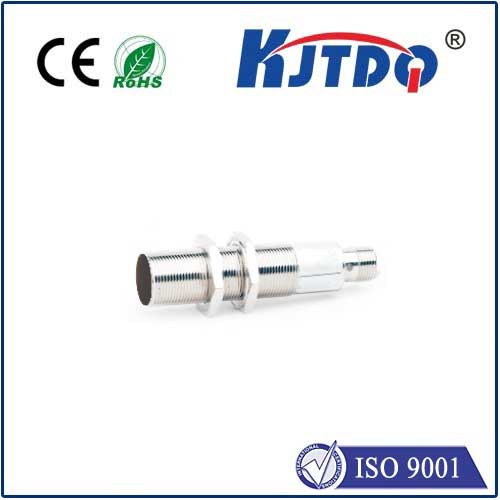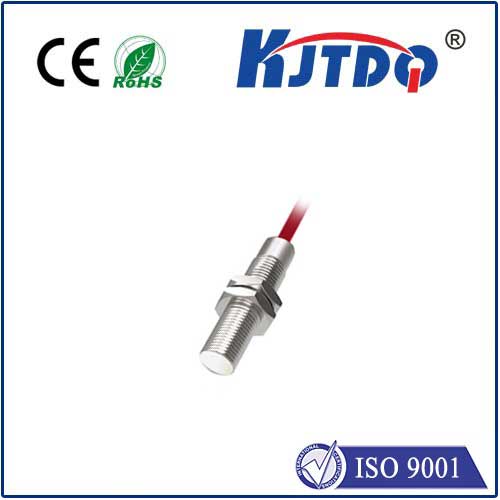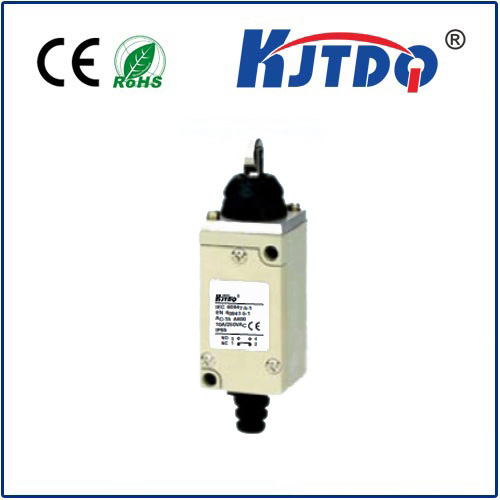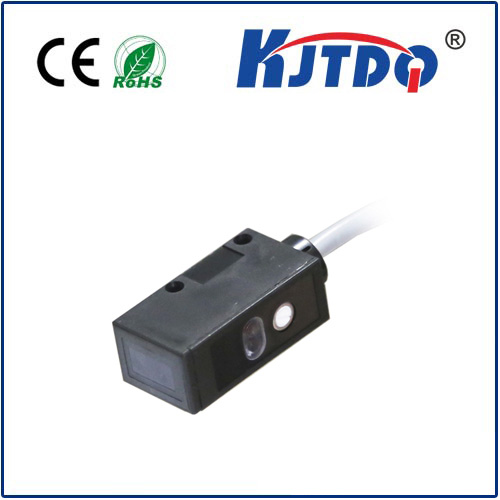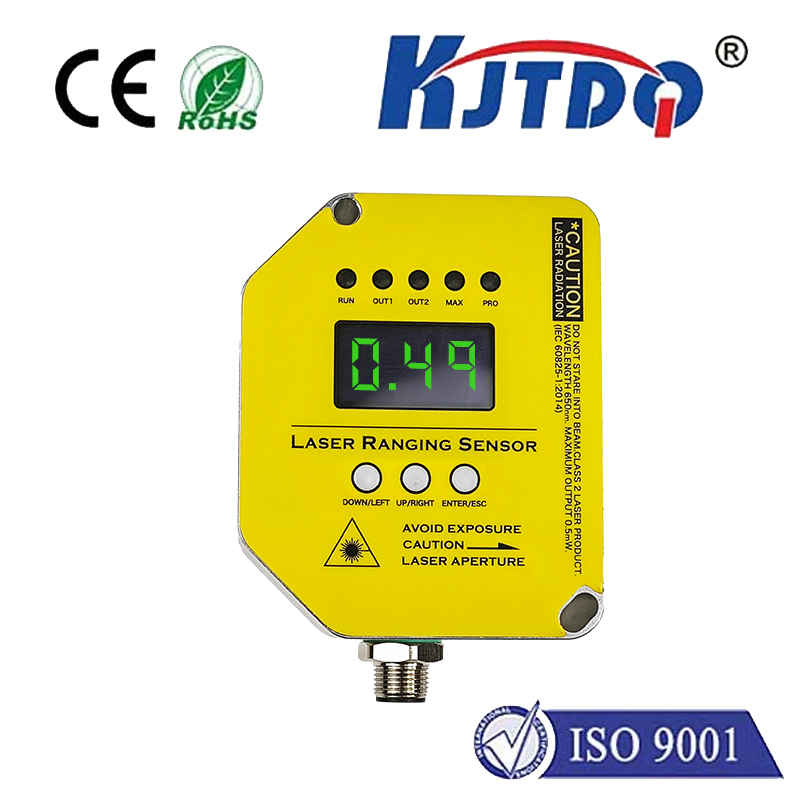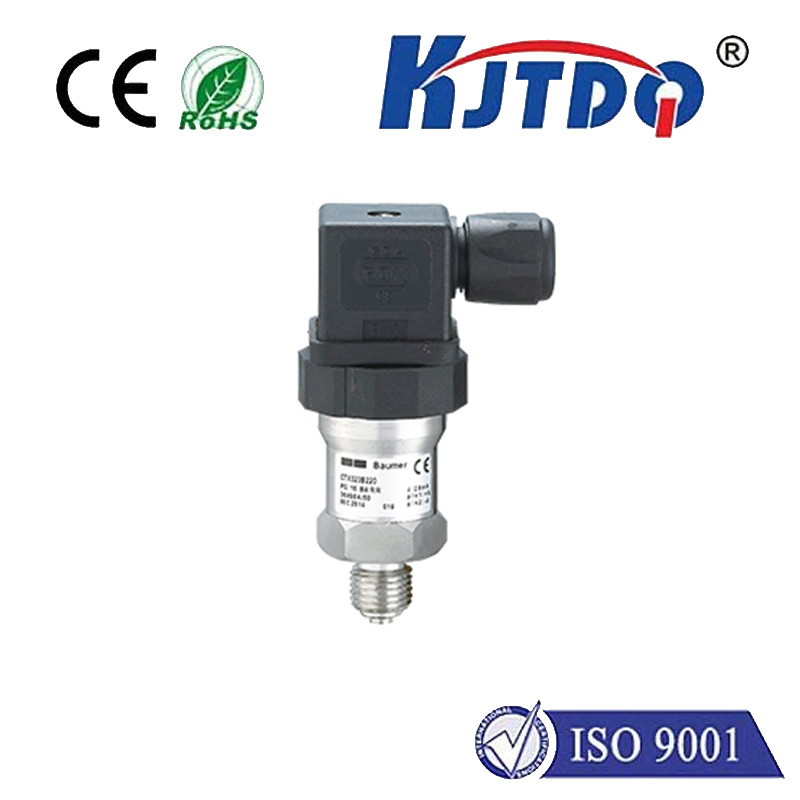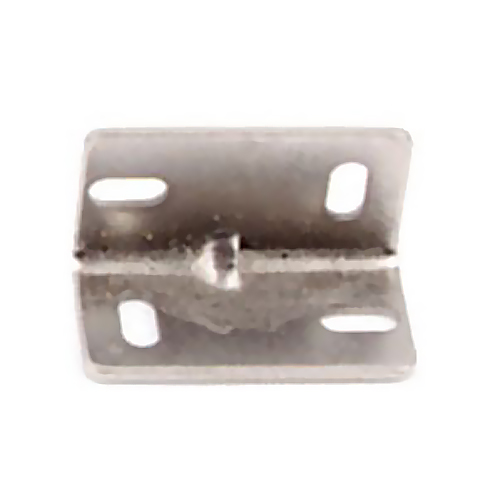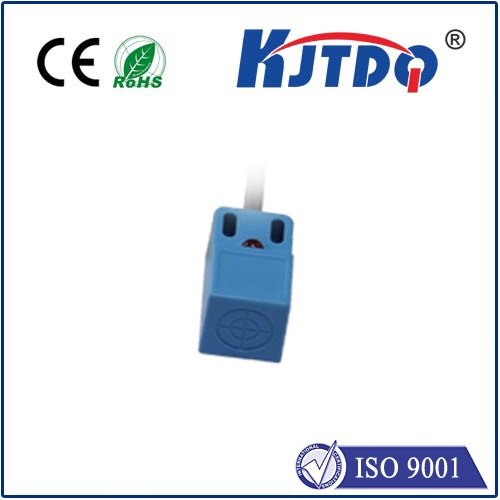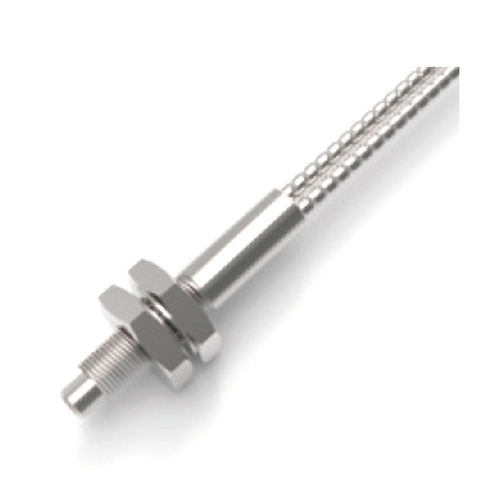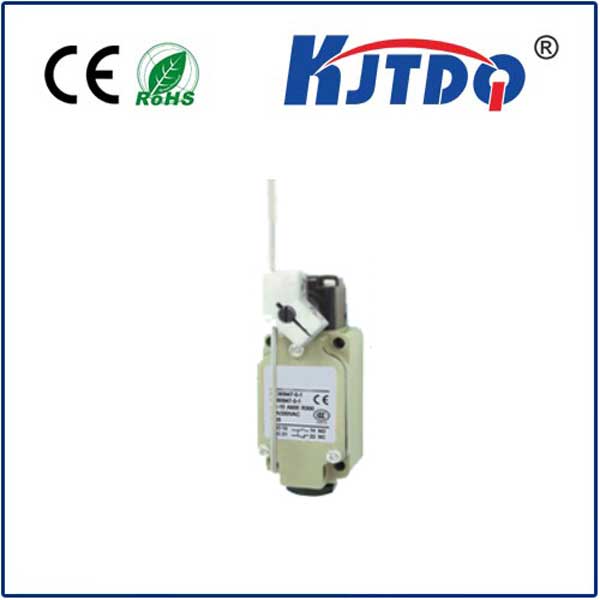

check

check

check

check

check

check

check

check

check

check
Title: Integrating VL53L0X with NodeMCU: A Guide for Developers
The integration of cutting-edge technology in IoT projects has become a cornerstone for developers seeking to push the boundaries of innovation. The VL53L0X, a highly sophisticated laser ranging module, is at the forefront of this technological movement. This component is designed not just to measure distances but to revolutionize how we interact with our environments. In this article, we'll explore the synergy between the VL53L0X and NodeMCU, shedding light on their potentials in IoT applications.
The VL53L0X module boasts a new generation Time of Flight (ToF) laser ranging technology that distinguishes itself with unparalleled accuracy regardless of the target's reflection properties. Unlike its predecessors, the VL53L0X can measure absolute distances up to 2 meters, setting a new benchmark in ranging performance. Its minimal packaging further enhances its appeal, making it suitable for compact device integration.

For enthusiasts and developers alike, combining the VL53L0X with NodeMCU offers a myriad of possibilities. NodeMCU, a Lua-based ESP8266 development board, provides Wi-Fi capability and processing power in a microcontroller format. This compact yet powerful combination opens doors to a range of smart projects, from autonomous robots that navigate their surroundings to advanced home automation systems that respond to occupancy patterns.
To begin with the integration process, the VL53L0X module must be connected to the NodeMCU development board. This step involves understanding the pin-outs of both devices and ensuring a secure electrical connection that allows for data transmission. Once connected, the real magic unfolds in programming where developers can tap into the VL53L0X’s capabilities using NodeMCU’s robust scripting environment.
In terms of programming, the VL53L0X’s integration with NodeMCU can simplify complex tasks such as accurate distance measurement and obstacle detection. By writing scripts that leverage the laser module's precise output, developers can craft responsive systems that adapt to their surroundings. For example, an automated greenhouse project might use the VL53L0X to monitor plant growth, adjusting the lighting and watering system based on measured heights and distances.
Moreover, the versatility of NodeMCU in coding and networking makes it an ideal partner for the VL53L0X. Developers can create wireless control systems where data from the ranging module is sent over a network for remote monitoring or actuation. Community support and an abundance of resources online further enhance the development experience, providing a wealth of examples and tutorials that help in navigating the intricacies of such integrations.
In conclusion, integrating the VL53L0X with NodeMCU is more than just connecting two devices; it is about exploring new frontiers in IoT projects. With the VL53L0X’s exceptional ranging abilities and NodeMCU’s processing prowess, developers are empowered to conceive and implement innovative solutions that were once beyond reach. As we move forward, staying updated on advancements like these will undoubtedly be key to unlocking the full potential of IoT and shaping the future of interactive environments.
